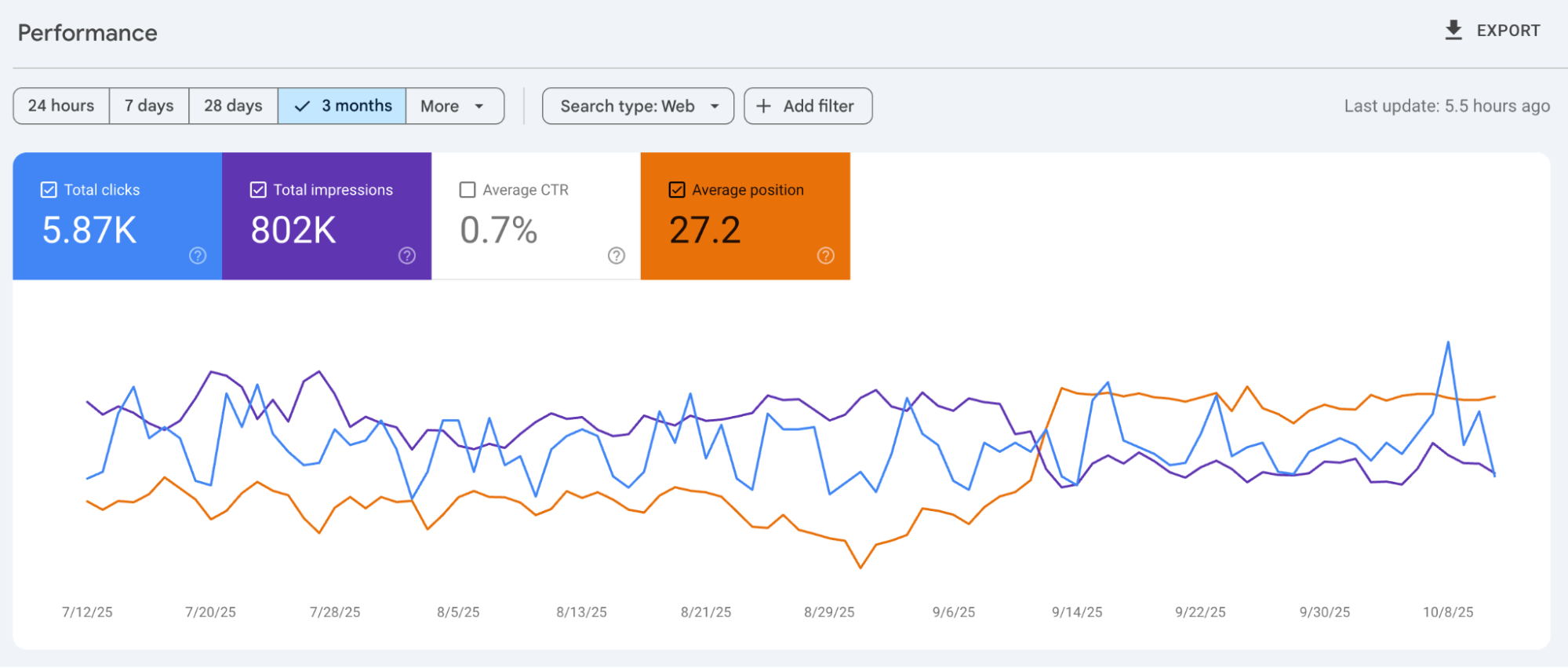6 Guidelines For Brand Consistency


Consistency leads to momentum, and momentum is a driver for success. When it comes to a successful brand, a key factor is brand consistency. Building your brand's identity can take years, but it has considerable benefits. Consistency gives the impression that you know exactly what you’re brand is about, you’re committed to what you offer, and people know exactly what to expect. Put simply, consistency remains a crucial element of any successful brand.
1. Develop A Style Guide
A style guide can be considered the mecca of your brand. This is often a detailed outline that provides a company’s standards for writing, tone, logo usage (primary and secondary), color selection, and the overall look and feel of your brand. Creating a brand book can also help with anything additionally you may need to know, like how not to use the logo or tagline. A style guide can be as in-depth as you want it and can even be put on certain items like cups, shirts, or hats to show how to treat the brand in different mediums.
2. Be Consistent In Your Branding Elements
You know the saying— consistency is key. This statement holds true when it comes to developing guidelines for brand consistency. Once you have developed your style guide, it’s important to use its assets in a consistent manner. This can include consistency in the location and size of your logo on marketing materials, sticking to the chosen color scheme, and offering a unified brand experience.
3. Create Evergreen Content
Evergreen content refers to search engine-optimized content posted on social media channels that always stay relevant to consumers. For example, an OB/GYN may create evergreen content regarding what to pack in your hospital bag for labor. Or, a pediatrician may share information dealing with the benefits of a yearly checkup. Not only does it always stay relevant, but it also helps to boost organic traffic and establish your brand as authoritative and relevant. If you are looking to reuse content or elements of existing content, check out our blog on repurposing marketing content.
4. Organize Your Branding Assets
Branding assets are elements that help your company become recognizable and stand out. This usually includes your brand name, logo, color palette, slogan, and brand guidelines or values. When these assets are thoughtfully organized, they can help enhance the ability to establish a strong presence within your brand's specific niche. Nike serves as a prime example of organizing brand assets with their iconic black swoosh and powerful slogan, “Just Do It.” through this and other strategic initiatives, they have organized their branding assets and strategies to dominate the footwear industry.
5. Deliver A Consistent Customer Experience
Brand consistency doesn’t solely focus on the set-up of your brand. It also includes other factors, such as customer experience. HubSpot defines customer experience as the impression your customers have of your brand as a whole throughout all aspects of the buyer's journey. In order to deliver this consistent experience, it is important to know your product or what you’re selling while maintaining the customer's best interest in mind.
6. Monitor And Update Your Branding
Consistency requires ongoing monitoring and updating. It is important that as trends change and your brand ages, you are regularly reviewing your marketing materials to ensure they are in line with your brand consistency and identity. Update your style guide as needed to reflect changes in your branding.
Contact Our T(ea)M
To maintain a trustworthy and memorable business, it is crucial to understand the significance of brand consistency and how to implement it effectively. If you’re interested in working with our team to develop consistent brand guidelines, TargetMarket is here to help. Get in touch with us here!










